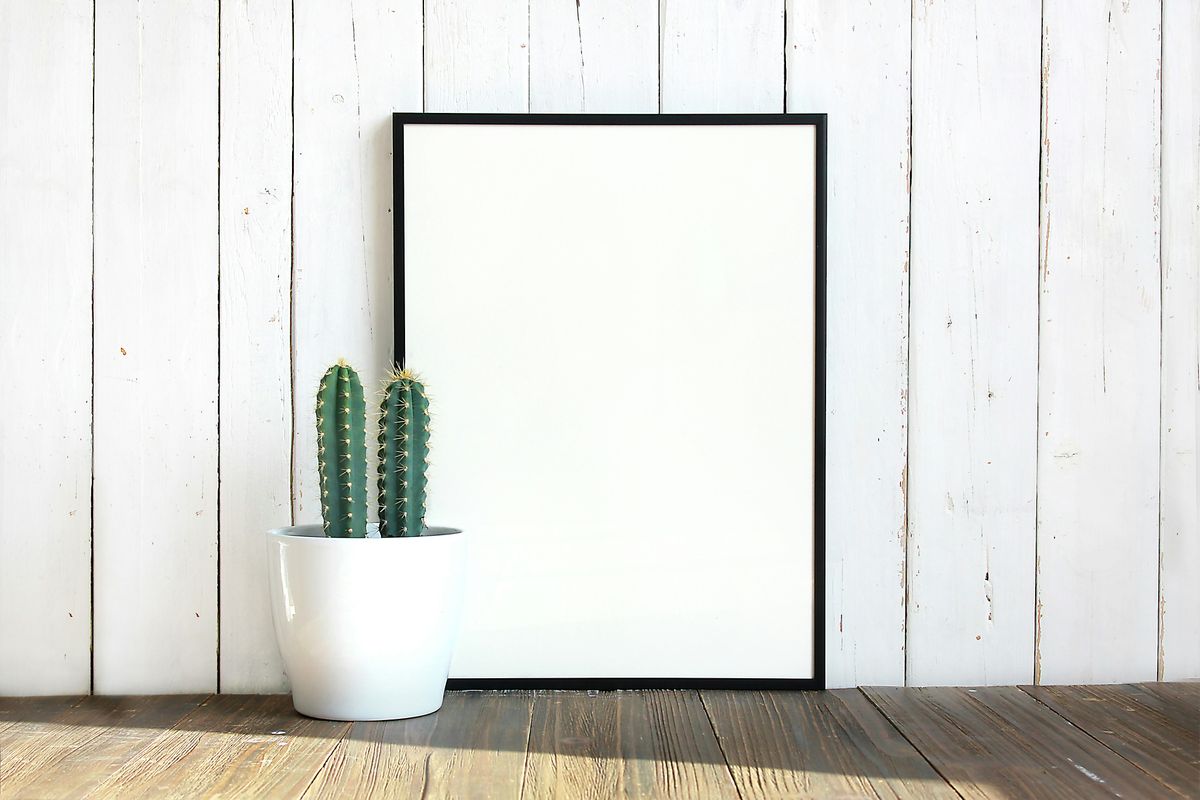When it comes to displaying posters, choosing the right poster tape can make all the difference in preserving your posters and keeping them damage-free. In this article, we will explore the importance of poster tape and provide insights on how to handle posters with care.
Key Takeaways
- Selecting the appropriate poster tape is crucial for maintaining the integrity of your posters and preventing damage.
- Regularly check and replace poster tape to ensure long-term preservation of your posters.
- When applying poster tape, make sure to do so gently and evenly to avoid any wrinkles or tears on the poster.
- Experiment with innovative hanging techniques to create unique and eye-catching displays for your posters.
- Consider eco-friendly poster tape alternatives to minimize environmental impact while displaying your posters.
Why Poster Tape Matters

Choosing the Right Type
When it comes to hanging your favorite posters, the tape you choose can make all the difference. Regular sticky tape or drawing pins might seem like easy fixes, but they’re notorious for leaving behind a mess or worse, tearing your cherished prints. Instead, let’s talk about the smarter alternatives that keep your walls and posters pristine.
The market offers a variety of poster tapes, each with its own set of pros and cons. Here’s a quick rundown to help you navigate your options:
- Removable poster tape: Ideal for temporary displays and renters, as it peels off cleanly without residue.
- Double-sided tape: Provides a strong hold and works well on most surfaces, but can be tricky to remove.
- Gaffer tape: A heavy-duty option that’s perfect for long-term use, though it may be overkill for lightweight posters.
Remember, the key is to choose a tape that’s strong enough to hold your poster, but gentle enough to not damage it upon removal. It’s a delicate balance, but getting it right means you can switch up your decor without any worries.
Benefits of Using Poster Tape
When it comes to hanging your favorite posters, the last thing you want is to ruin them with puncture holes or unsightly tape marks. That’s where poster tape comes in as a game-changer. It’s specifically designed to hold your posters securely without causing any damage, whether you’re a renter trying to avoid wall repairs or a poster enthusiast looking to preserve your collection.
Poster tape offers a range of benefits that make it a superior choice for displaying artwork and posters. For one, it’s incredibly easy to use and remove, which means you can switch up your decor without any hassle. Plus, it’s often reusable, so you can get more bang for your buck. Here’s a quick rundown of why poster tape should be your go-to:
- Damage-free: No more nail holes or sticky residue.
- Reusability: Many poster tapes can be used multiple times.
- Versatility: Works on a variety of surfaces and can hold different weights.
For those looking for a more robust solution, products like Command Strips offer a versatile option. They’re perfect for those heavier pieces, with weight limits up to 16 pounds, and they’re just as easy to remove as they are to apply. And if you’re into rearranging your space often, consider the STAS Hanging Systems. They provide excellent weight support and the flexibility to change your display whenever the mood strikes, without the worry of damaging your walls or posters.
How to Apply Poster Tape
Applying poster tape might seem straightforward, but a few key steps can ensure your posters stay put without damage. First, make sure the surface you’re sticking the poster to is clean and dry. Any dust or moisture can weaken the tape’s grip. Next, cut or tear off a piece of tape that’s the right size for your poster. It’s tempting to skimp on tape to save money, but don’t – a secure hold now means no tears later.
When placing the tape, apply it to the corners of the poster and at several points along the edges for even support. Press firmly for a few seconds to make sure the tape adheres well. If you’re worried about the tape peeling paint or wallpaper, consider using a removable poster tape designed for gentle removal. Here’s a quick checklist to keep in mind:
- Clean and dry the surface
- Cut the right size tape
- Apply to corners and edges
- Press firmly to adhere
- Opt for removable tape for sensitive surfaces
Remember, when it’s time to take down your poster, go slow and steady. Rushing can cause more harm than good. And if you’re dealing with a tricky surface, look up some tips and tricks for removing marks without damage. Whether it’s crayon from a wall or residue from tape, there’s usually a gentle cleaning method that can help.
Protecting Your Posters

Preventing Damage
When it comes to displaying posters, the last thing you want is to ruin them or the walls they adorn. Poster tape is your ally in maintaining both in pristine condition. Here’s why it’s essential:
- No more nail holes: Forget about puncturing your walls with nails or tacks. Poster tape keeps your walls smooth and hole-free.
- Gentle on surfaces: The right tape peels off easily without stripping paint or leaving sticky residue.
- Preserves poster quality: Unlike staples or pins, poster tape doesn’t tear or crease your posters.
But not all poster tapes are created equal. Consider the surface you’re working with and the weight of the poster. For instance, heavier posters may require a stronger adhesive, while delicate wall surfaces might need a gentler option. Regular cleaning with a vinegar solution can also help ensure that the tape sticks properly without any issues. And remember, always check the seal of the tape for leaks to avoid any adhesive seeping onto your poster. By taking these precautions, you can enjoy your posters without worry.
Long-Term Preservation
Ensuring the longevity of your posters goes beyond just sticking them to the wall. Proper storage and maintenance are key to keeping them vibrant and intact for years to come. Just like with silverware, where specific tips for storing and cleaning are crucial to prevent tarnishing, posters also require special care.
When not on display, consider storing posters flat to avoid creases and tears. This is the preferred method, akin to how museums preserve their collections. However, if space is a constraint, rolling them with archival-quality materials or using flat files can be a good alternative. Always remember to handle your posters with clean hands or use cotton gloves to avoid transferring oils and dirt.
Here’s a quick checklist for poster preservation:
- Store in a cool, dry place away from direct sunlight.
- Use acid-free materials for storage.
- Avoid using adhesives directly on the poster.
- Check periodically for signs of wear or damage.
By treating your posters with the same care as you would a piece of silver jewelry or other delicate items, you can enjoy your favorite art and memories without the worry of irreversible damage.
Removing Tape Safely
When it comes to taking down your posters, the last thing you want is to tear or damage them. Removing tape safely is crucial to preserving the integrity of your posters. Start by gently peeling back a corner of the tape at a 45-degree angle. If you encounter resistance, stop and apply a little heat with a hair dryer to loosen the adhesive.
For stubborn tape, you might need to employ various techniques to ease it off without harming the paper. A bit of warm, soapy water applied with a cotton swab can soften the glue, making it easier to remove. Just be sure not to soak the poster. If residue remains, you can lightly dab it with a gum eraser or adhesive remover designed for paper products.
Remember, patience is key. Rushing the process can result in tears or permanent marks, so take your time and handle your posters with care. If you’re dealing with a particularly tricky piece of tape, consider consulting a professional conservator for advice.
Creative Display Ideas

Innovative Hanging Techniques
Gone are the days of just slapping a poster on the wall with some old tape. Today, there’s a whole world of innovative hanging techniques that not only protect your walls but also add a touch of style to your space. For instance, using poster tape that’s designed to come off cleanly can save you from the headache of repair down the line.
One popular method is the ‘poster rail’ system, which grips the top and bottom of your poster without the need for puncturing it with pins. Here’s a quick rundown of how to set it up:
- Measure the width of your poster and cut two rails to match.
- Slide the top edge of the poster into the top rail and the bottom edge into the bottom rail.
- Attach the rails to the wall using a damage-free adhesive strip or hook.
This technique not only keeps your poster in pristine condition but also gives it a modern, floating effect. Plus, it’s a breeze to change out posters whenever you fancy a new look. Remember to protect and maintain your walls by choosing adhesives that won’t leave a residue or pull off paint.
For those who love a bit of DIY, there are plenty of resources online, like the article ‘How to Hang Posters without Damaging the Wall‘ from My-Picture.co.uk, which dives into both classic and new solutions. Whether you’re renting or just cautious about your wall’s integrity, these tips are invaluable.
Mixing and Matching Posters
When it comes to personalizing your space, mixing and matching posters can transform a bland wall into a captivating display. It’s all about creating a visual dialogue between different artworks that reflect your style and interests. Start by selecting posters that speak to you, whether they’re bold graphic prints, vintage movie posters, or abstract designs.
Consider the following tips to create a harmonious blend:
- Balance is key. Mix different sizes and orientations to keep the eye moving.
- Theme your collection around a particular color scheme or subject matter for a cohesive look.
- Frame variety can add depth. Use different frames to highlight individual pieces while tying the collection together.
Remember, gallery walls aren’t limited to framed photos and prints. Feel free to incorporate other elements like a pennant, fabric hangings, or tassels to add texture and interest. From minimalist artwork displays to eclectic mixes of colors, textures, and materials, your gallery wall can make any room stand out and express your unique aesthetic.
Creating a Gallery Wall
A gallery wall is a dynamic way to showcase your personality and interests through a collection of art and posters. It’s a creative endeavor that can transform a bland space into a captivating visual narrative. To get started, consider these steps:
- Select a theme or color scheme to give your gallery wall a cohesive look. This could be a specific art style, color palette, or subject matter.
- Arrange your posters on the floor before mounting them. This allows you to experiment with layouts without committing to the wall just yet.
- Mix different frame styles and sizes for an eclectic mix, or keep them uniform for a sleek, modern feel.
Remember, the key to a successful gallery wall is to keep things cohesive while allowing each piece to stand out. It’s not just about filling up space; it’s about creating a conversation between the artworks. And if you’re looking to add a touch of warmth to your home, why not transform your kitchen into a gallery space? Incorporating artwork among your cabinets and tiles can make for a functional and stylish cooking area that feels welcoming and inspiring.
DIY Poster Tape Alternatives

Homemade Adhesive Solutions
If you’re feeling crafty and want to save a few bucks, making your own poster tape can be a rewarding DIY project. Homemade adhesives can be surprisingly effective and are often made from ingredients you already have at home. For instance, a simple mixture of glue and vinegar can create a sticky substance perfect for lightweight posters. Here’s a quick recipe inspired by the Instructables community:
- 2 Tbsp white glue
- 1 Tbsp vinegar
Mix these together, and you’ve got yourself a homemade sticker solution that can cover several letter-sized sheets.
Another popular DIY adhesive is wheat paste, a traditional method used for years by artists for public displays. It’s made from just flour and water, creating a strong bond that’s ideal for paper-based materials. While it’s more labor-intensive than commercial tape, it offers a unique experience and a sense of accomplishment when your posters stay put without damaging the walls.
Budget-Friendly Options
When it comes to hanging posters, not everyone wants to splurge on specialized products. Budget-friendly options can be just as effective and kind to your wallet. For instance, using everyday items like washi tape or double-sided tape can provide a temporary hold without breaking the bank.
Here’s a quick rundown of some cost-effective alternatives:
- Washi tape: Decorative and gentle on walls.
- Double-sided tape: A stronger hold for heavier posters.
- Masking tape: Easily removable, but may not be as sturdy.
- Sticky tack: Reusable and adjustable for perfect positioning.
Remember, while saving money is great, it’s important to consider the longevity and safety of your posters. Cheaper options might not provide the same level of protection as poster tape designed for long-term preservation. Always weigh the cost against the potential for damage to ensure you’re making the best choice for your display needs.
Environmentally-Friendly Choices
When it comes to hanging posters, making an eco-conscious choice doesn’t mean sacrificing quality. Eco-friendly poster tapes are on the rise, offering a sustainable alternative to traditional adhesives. These tapes are often made from natural materials, like 100% kraft paper, and use non-toxic adhesives that are kinder to the environment.
Here’s a quick rundown of some green options:
- ECOAND Brown Kraft Paper Tape: This tape boasts a strong adhesive backing and is made with water-soluble ink, making it both durable and recyclable.
- Washi Tape: A decorative option, Washi tape is biodegradable and comes in a variety of fun patterns.
- Gummed Paper Tape: Requires water to activate the adhesive, reducing the chemical content.
Not only do these choices help reduce your carbon footprint, but they also support sustainable practices in manufacturing. For those looking to take it a step further, consider supporting brands that align with your values. For instance, there are sustainable wall art brands that offer ethical and fair trade options, perfect for pairing with your eco-friendly tape for a guilt-free display.
Frequently Asked Questions
What is the best type of poster tape for damage-free display?
The best type of poster tape for damage-free display is double-sided removable tape, as it provides a strong hold without causing damage to the poster or the surface it is attached to.
How do I choose the right type of poster tape?
When choosing poster tape, consider factors such as the weight of your poster, the type of surface you are mounting it on, and whether you need the tape to be removable or permanent.
Can poster tape be used on all types of surfaces?
Poster tape can be used on a variety of surfaces including walls, glass, and wood. However, it is important to test a small area first to ensure that the tape is compatible with the surface.
Is it safe to use poster tape on valuable or delicate posters?
It is recommended to use caution when using poster tape on valuable or delicate posters. Consider using archival mounting methods or consulting a professional for preservation advice.
How do I remove poster tape without damaging the poster or the wall?
To remove poster tape without causing damage, gently peel it off at a low angle and use a mild adhesive remover if needed. Avoid pulling the tape forcefully to prevent tearing.
Can poster tape be repositioned once it is applied?
Some poster tapes are designed to be repositionable, allowing you to adjust the poster’s placement without causing damage. Check the product label for repositioning instructions.
